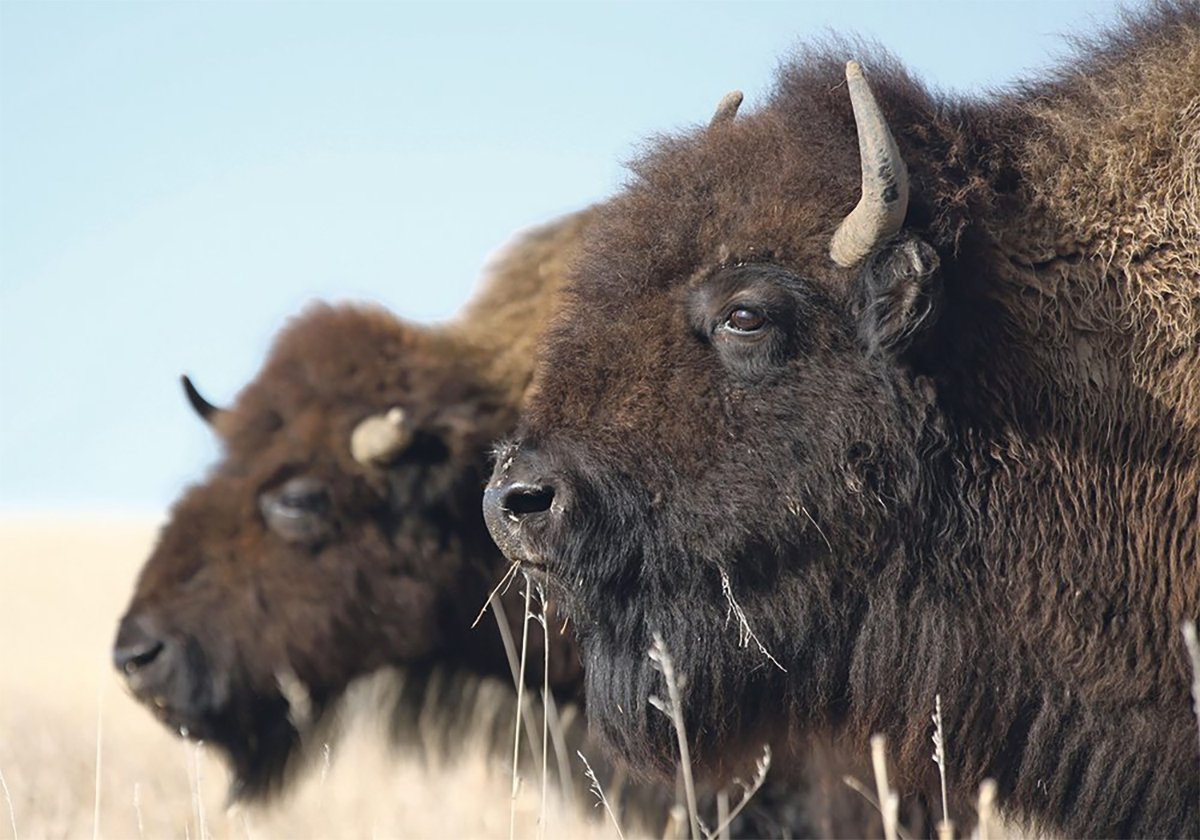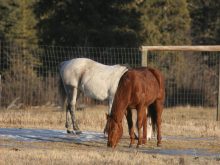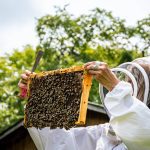Expansion and renovation dominate this year’s agenda at the Western College of Veterinary Medicine.
Planning for the $48 million project is almost complete and construction is under way at Western Canada’s veterinary college on the University of Saskatchewan campus.
The expansion will reduce overcrowding in the treatment and teaching facilities and build modern research labs that are integrated into the veterinary teaching hospital.
Five years ago, the college was being watched by the North American veterinary licensing body because the facilities were considered out of date and impeding both education and research.
Read Also

The Western Producer Livestock Report – August 21, 2025
Western Producer Livestock Report for August 21, 2025. See U.S. & Canadian hog prices, Canadian bison & lamb market data and sales insights.
“That seems a long way behind us now,” said Ruben Mapletoft, a professor at the college.
Mapletoft and his colleagues will soon hold classes in a new two-storey teaching hospital facility and take students on rounds in much improved large and small animal clinics.
New laboratory designs will allow resident and visiting researchers, as well as faculty, to share access to expanded diagnostic labs.
Chuck Rhodes, dean of the college, said those new labs will make it possible to share expensive testing equipment and the technicians among the researchers in a way this isn’t possible today.
“We’ll be able to do more and what we do will be done more efficiently,” he told alumni gathered June 10 to celebrate the 40th anniversary of the college.
Another key modernization is the establishment of a level 2 containment, research and treatment area of the college.
“Right now our calf scour ward is located in the middle of the large animal treatment area. We have to take a sick animal all the way through the hospital to get it into the ward, potentially spreading a disease like salmonella throughout the building,” he said.
The large animal wards will be moved and have their own outside access to avoid contamination issues.
Research into emerging zoonotic diseases such as avian flu requires increased biosecurity that the renovations will provide.
Already installed, a new imaging technology area provides CT and MRI scanners and radiation treatment facilities.
Veterinary ophthalmology professor Bruce Grahn said new specialized treatment rooms will allow more training opportunities for graduate students.
“We will be able to accommodate more students overall,” he said.
The college has 283 undergraduate and 109 graduate students and accepts 70 new undergrads each year.
Rhodes said the expansion will allow the provincial government partners in the school to expand their seats if they choose to.
“Manitoba is expanding by one this year and (British Columbia) has indicated they are also considering adding students,” he said.
A 945 sq. metre food animal teaching centre is under construction and will house a new animal reproduction lab. This expansion may allow fourth-year students to add additional swine, cattle and small ruminants to their clinical rounds, improving their hands-on education.
A covered area to receive large animals, as well as a biological digester to replace the current incinerator, are also under construction.
A second, on-line veterinary school is being developed at the University of Calgary and Rhodes said if it goes ahead, it will complement the education and research done at the WCVM.














